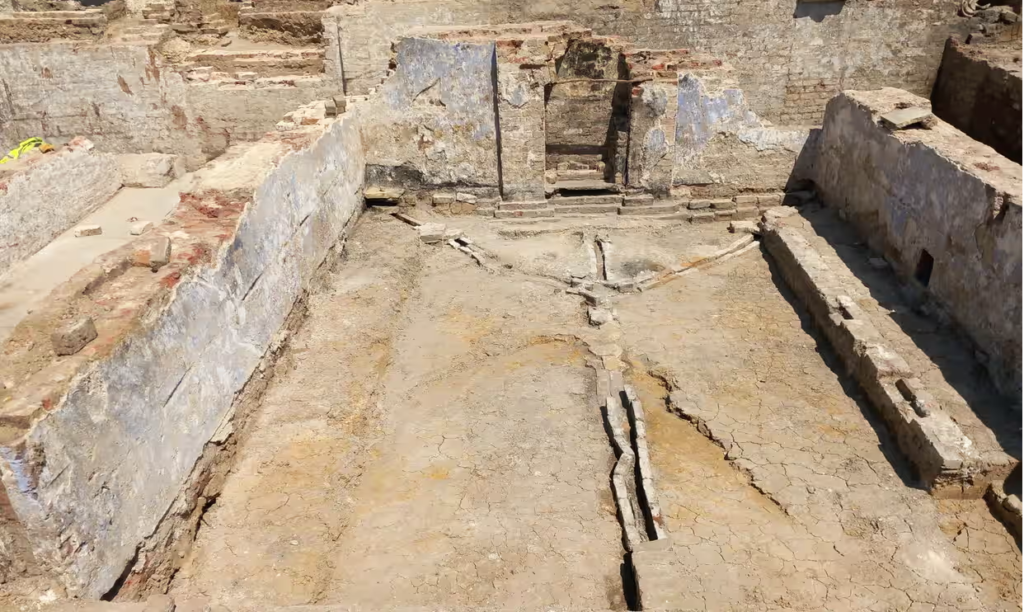“Please, sir, I want some more.” Oliver Twist’s famous words in Charles Dicken’s story described a grim reality in London’s workhouses, established over 200 years ago to support the poor in exchange for hard labor. However, the conditions there might have actually been better than we thought — at least at first — according to findings uncovered by archaeologists.

A team from the Museum of London Archaeology (MOLA) uncovered unusual details while excavating St Pancras Workhouse, which opened in 1809 and held almost 2,000 people. They found colored walls, fireplaces, branded crockery and expensive flooring, suggesting better early conditions at the workhouse compared to the latter years.
The archaeologists are currently conducting excavations at the St Pancras workhouse site before the construction of Oriel, a center dedicated to eye care, research and education. They are particularly concentrating on sections of the site where structures from the workhouse era were destroyed by bombing during World War II.
“The survival of walls up to a metre high, fireplaces, and brightly coloured plaster is extraordinary. Previously, little was known about this building other than its shape marked on parish maps. These discoveries allow us to get a vivid picture of life in early 19th century workhouses,” Gwilym Williams, project manager, told the BBC.
A different tale
Workhouses in London were set up to provide assistance to the poor while serving as a deterrent against exploiting state resources. Consequently, individuals referred to as ‘inmates’ were frequently segregated into wards, demanding physical labor. St Pancras workhouse, dating back over 200 years, was known as one of the more infamous ones.
While historical records, and literary works like Dickens’ tales, describe brutal conditions at the workhouse during the late 1880s, not much was known about its early years. The recent excavations suggest that the site may have initially prioritized support over deterrence, with walls coated in vibrant blue paint along with fireplaces.
Williams told the Guardian that the evidence conjured up “a very different picture compared with the dark, dingy workhouses often depicted in popular culture”, especially in the writings of Charles Dickens.
Free healthcare was provided onsite from 1812 onwards with the construction of the first infirmary at the workhouse. Additional sick wards were progressively incorporated for both the people living there and for the local community. The workhouse was eventually transformed into St Pancras Hospital in 1929, and it will soon be redeveloped into Oriel.
The area excavated is believed to be the original female wards and it’s extremely well-preserved. The archaeologists also found a series of seven simpler lower-ground-floor rooms running along the front of the building. They were able to identify that soot covered the recycled brick flooring in the rooms, suggesting they probably stored coal.
The excavations also show disparity between workers and supervisors. Expensive flooring was discovered in rooms and connecting corridors presumed to serve as the master’s offices and living quarters. This addition was likely installed after the construction of the workhouse, enhancing the living conditions for more comfort.
The archaeologists are currently examining the discovered artifacts to address remaining questions. They found small stone-lined channels beneath the floor in the female wards. However, these don’t seem to be linked to any drainage system. The team is studying these channels to better understand their intended purpose.









